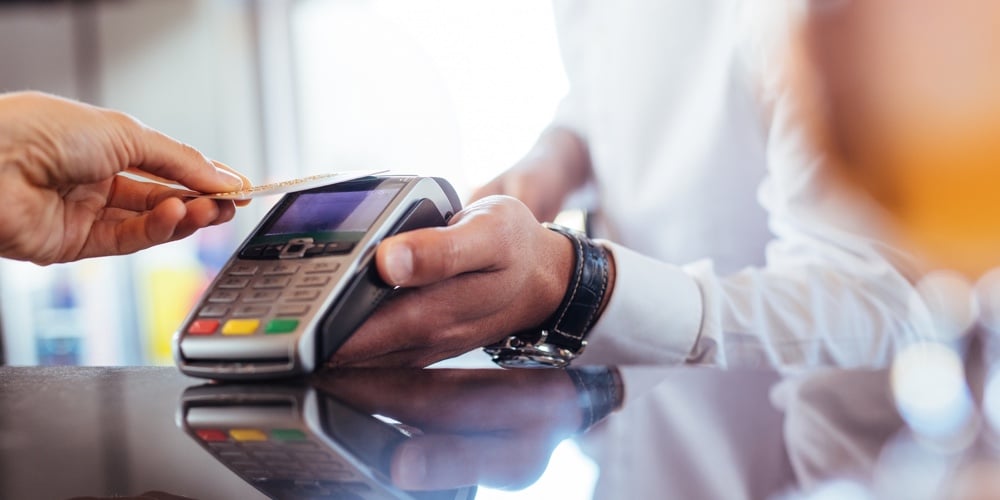Coronavirus fuels shift to contactless payments methods
Amidst concerns that the coronavirus can linger on surfaces including cash, electronic transactions grow.

As health officials around the globe seek to contain the novel coronavirus that causes COVID-19, economies and citizens remain unsettled. In recent times in the United States, public events have been canceled, the government has discouraged gatherings of more than 10 people, and such businesses as bars and restaurants have been forced to close their doors.
In the face of this changing reality, consumer behavior is shifting. People are adopting strenuous social distancing measures in an attempt to limit the spread of the virus. This includes opting for food delivery services to avoid crowds at grocery stores, canceling non-essential travel plans, limiting interactions with cashiers, and minimizing contact with potentially contaminated surfaces.
Recent research suggests that coronavirus can live for three days on some hard surfaces, such as plastic and steel, and cash is a notorious hideout for germs and bacteria. A recent government study of banknotes collected in Ohio showed that 94% of them were infected with pathogens, including E. coli, Salmonella, and Staphylococcus aureus.
The federal government is taking measures to ensure that cash transactions aren’t fueling the spread of coronavirus. In the past several weeks, new precautionary measures were enacted that increase the minimum holding period from banknotes coming into the country from Asia and Europe from five to 10 days. Since February, Chinese officials have begun requiring state banks in Hubei province sanitize their bills with ultraviolet light and then store them for two weeks before releasing them to the public.
continue reading »




